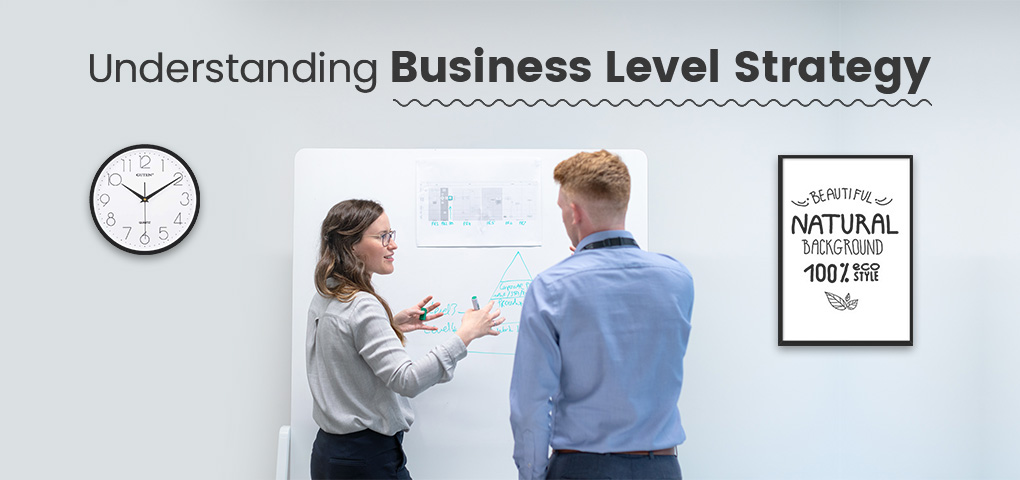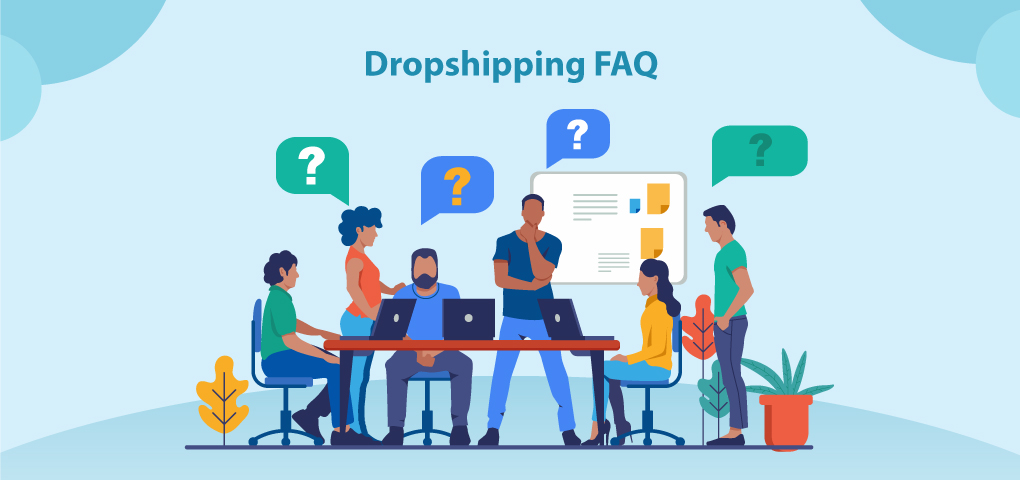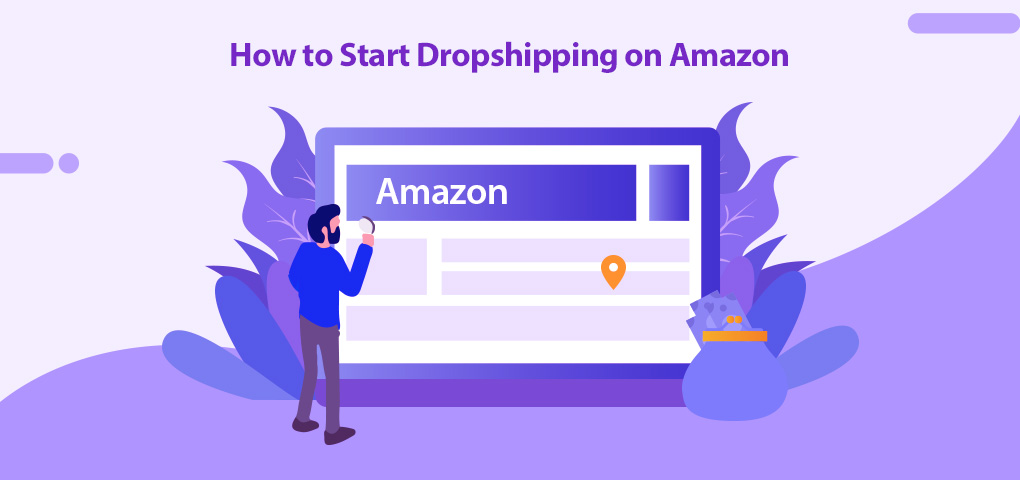Business level strategy refers to the strategic planning and implementation of initiatives for a business model such as dropshipping. Considering the strategy hierarchy, the business development strategy constitutes the second or the middle level. A comprehensive business level strategy will incorporate a company’s policies, goals, and actions. It further entails techniques on delivering more value to the customers while maintaining the competitive advantage against the opponents.
What is Business Level Strategy?
A business level strategy determines your company’s position in the industry and ascertains your revenue stream. The ideal approach will involve several types of business strategies that can benefit a dropshipping business and enhance its functionality.
Many experts define business strategy as a manifestation that involves the planning and execution of activities that occur in an organization. These activities primarily include ways to gain a competitive advantage in the market and boost the company’s revenue stream. It could also involve creating a niche for the customers to add value to the services they pay for. Business level strategy definition involves various proposals that can further a company in its endeavors in the competitive market.
Types of Business Level Strategy
There are three types of business strategy, also referred to as business strategy examples are straightjacket tools that a dropshipping firm can implement to boost its growth. Enterprises can utilize these techniques at a business level to foster a competitive edge in the market.
Cost Leadership
It refers to the situation in which a company that dominates the market dictates the price of the product for the rest of the competing enterprises. The firms feel compelled to match the price of the market leader since it is a low-cost producer and entails the ability to operate across various industry segments. Since an enterprise’s breath is crucial to its cost advantage, the sources are varied and rely on the structure of the industry.
For a dropshipping firm, if it can achieve and sustain cost leadership, then it will dominate the industry and command the prices. An enterprise can achieve a low-cost structure by implementing the following strategies:
· The pursuit of economies of scale
· Proprietary technology
· Preferential or exclusive access to raw materials
· Significant advancement in production techniques
· Reap scale or absolute cost advantages from all sources
· Reducing the overhead and operational costs
Although cost leadership is essential for establishing a ubiquitous presence in the market, the strategy entails its risks that a firm must be aware of. These risks could be related to the fast-changing business environment or obsolete technology that could render the past investment ineffective. The advantage of a firm could also be altered if industry newcomers arrive equipped with low-cost technology.
Differentiation
Firms can also attain market dominance by investing heavily in research and development, customer service, and marketing. Rather than lowering the costs and reallocating the benefits to consumers, companies can emphasize development and marketing, thereby creating more excellent value for end-customers. For instance, consider the laptop market. Apple has created a target demographic by investing massively in R&D, maintenance services, and marketing. Although the company charges substantially more than its competitors, Apple has managed to stay afloat without comprising its market share.
Differentiation is one of the most feasible business level strategy examples that beat the competitors exclusively based on quality. However, a firm must choose the characteristic feature to which it wants to differentiate itself from its opponents. In contrast to cost leadership, there could be multiple differentiation techniques that a company could follow.
Greater Focus and Viable Niche Strategies
A general rule of thumb that small companies can follow is a focus. It is different from other techniques since it requires firms to choose a competitive niche within an industry. Consequently, the focuser will select a segment and tailor its way into winning that specific demographic or niche. In such a scenario, the targeted group must involve unusual needs or present an exclusive demand.
The company can, therefore, take advantage of the sub-optimization techniques and beat underperforming competitors.
How to Build an Effective Business Level Strategy
For a dropshipping business to become successful, you will have to go through various stages to formulate a comprehensive business-level strategy. However, in the beginning, you must be clear on the niche you want to specialize in. You can trail the following steps to develop an effective business level strategy for a dropshipping business:
1. Vision and Values
Your vision highlights the goals you want to achieve, and where do you see your business in the future. While values define the path, you are going to take to achieve those objectives. None can work in the absence of another. Therefore, you must set your priorities straight before commencing with a dropshipping business.
2. Focus Areas
Once you have decided on a niche, you can further research the target demographic to tighten your business plan. You can also seek a business strategy consultant if you require assistance in formulating effective entrepreneurial model techniques.
3. Strategic Objectives
If you want to constitute a dropshipping business, you must lay down the path you will pursue to make it successful. You can follow an existing business strategy template or formulate your own based on your requirements. However, to begin with, your dropshipping business will require a reliable supplier who can source your desired product. SaleYee dropshipping platform is a leading supplier in the dropshipping industry and provides retailers with exciting offers and deals. SaleYee.com offers faster and the most reliable delivery services with its colossal reach, thereby prompting dropshippers to source their products from it. The company has been serving retailers for several years now, and with quality products and assured prices, there is nothing that can stop your business from attaining the heights that it is meant to achieve.
Conclusion
Although there is more than one business strategy definition, you can formulate yours, according to your business model and requirements. There is no full-proof strategy for success when it comes to businesses. Therefore, what enterprises should focus on are key competencies and product assessment since these are the two fundamental aspects that can further your business in the market.




